When your dishes taste too rich, bland, or unbalanced, these evidence-based seasoning solutions fix common cooking problems instantly. Professional chefs use these specific techniques to rescue flawed dishes—no special equipment needed. Discover exactly which seasoning solves your immediate flavor crisis, with precise measurements and timing for guaranteed results.
Stop guessing what's wrong with your food. This guide matches seven specific seasonings to the exact cooking problems they solve, based on flavor chemistry principles. Learn why lemon zest fixes heavy sauces better than vinegar, how lemongrass cuts through fat in stews, and which 'L' seasoning adds umami to vegetarian dishes without meat.
Table of Contents
- How to Fix Rich, Heavy Dishes Instantly
- Rescuing Bland Stews and Braises
- Creating Umami in Vegetarian Cooking
- Enhancing Chocolate Without Clashing Flavors
- Balancing Sweet Coconut Dishes
- Adding Sweetness Without Sugar
- Problem-Solution Reference Guide
- Storage Protocols for Maximum Potency
How to Fix Rich, Heavy Dishes Instantly
When creamy sauces or fatty proteins create one-dimensional richness, lemon zest's volatile oils cut through heaviness without adding liquid. Unlike vinegar or citrus juice which alters pH and can cause curdling, zest delivers pure aromatic brightness that integrates seamlessly into finished dishes.
Immediate solution: Add finely grated lemon zest (colored rind only) to finished dishes. Use 1/4 tsp per serving to revive heavy sauces, fatty proteins, or flat dessert glazes without textural changes.
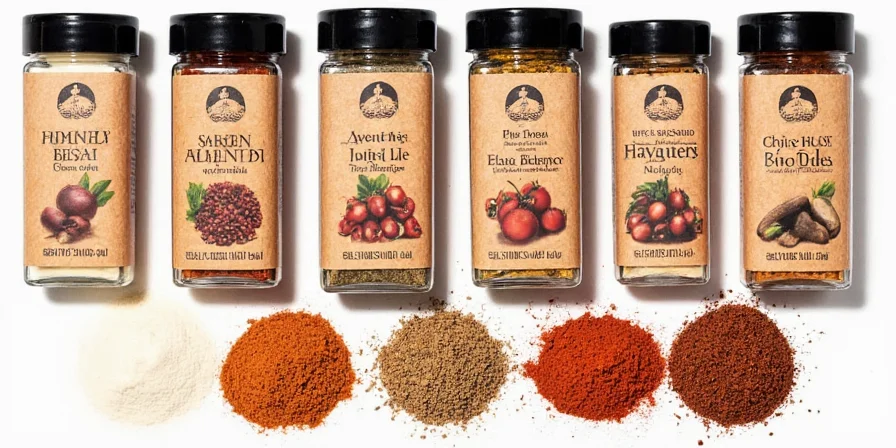
When to use this solution:
- Finishing creamy pasta sauces that taste one-dimensional
- Rescuing over-reduced pan sauces
- Reviving flat dessert glazes
- Balancing oil-based dressings that coat the palate
Rescuing Bland Stews and Braises
When slow-cooked dishes become cloyingly rich, lemongrass solves the problem through its unique citral compounds that cut through fat while adding layered complexity. Unlike lemon juice (which degrades during cooking), lemongrass maintains its aromatic profile throughout simmering.
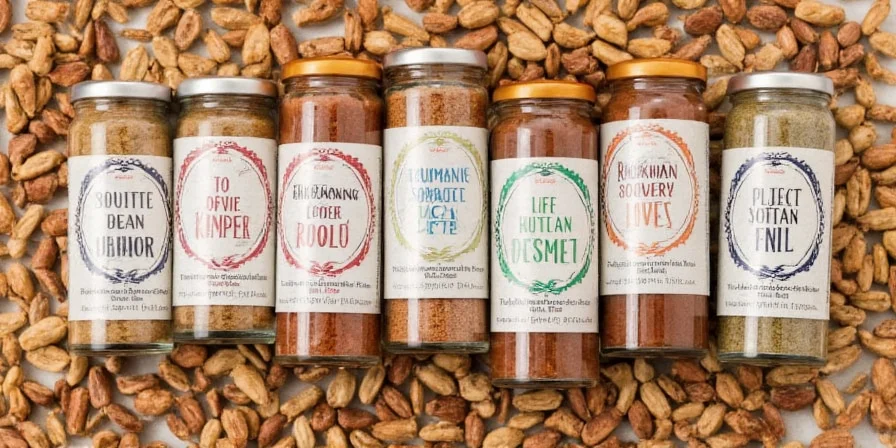
Effective implementation for rich stews:
- Crush stalks firmly with a heavy pan to release fibrous oils before adding
- Simmer for at least 30 minutes to fully extract flavor compounds
- Use fresh only—dried versions lose 90% of critical aromatic compounds
Creating Umami in Vegetarian Cooking
Veggie dishes often lack savory depth because plant-based ingredients miss the meaty fifth taste. Lovage's phthalides mimic meaty umami more effectively than mushrooms, providing the missing dimension in vegetarian broths without requiring meat-based stocks.
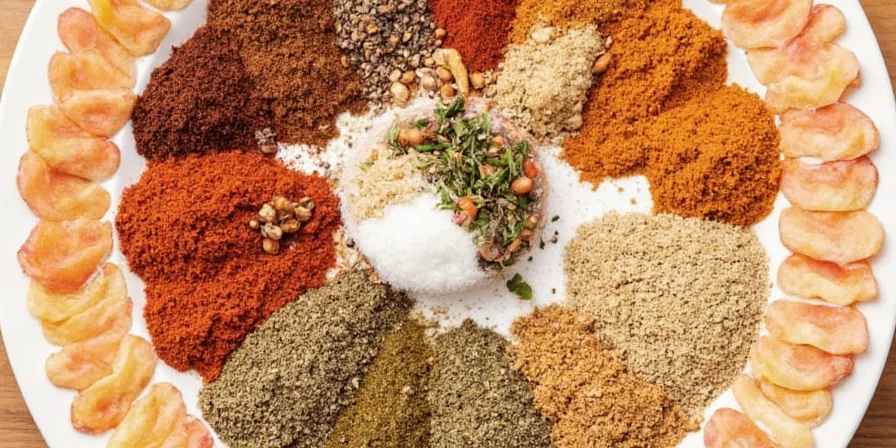
Strategic deployment for vegetarian umami:
- Simmer stems (not leaves) in bean soups for 45+ minutes for meat-like depth
- Replace celery in vegetarian stocks for richer base flavor
- Infuse into vegan butter for sandwich spreads that satisfy meat cravings
Enhancing Chocolate Without Clashing Flavors
Black pepper's monotone heat frequently overwhelms nuanced chocolate dishes. Long pepper's triphasic flavor profile (initial sweetness, floral midnotes, lingering warmth) adds multidimensional heat that enhances rather than dominates—particularly valuable in chocolate applications where black pepper clashes with tannins.
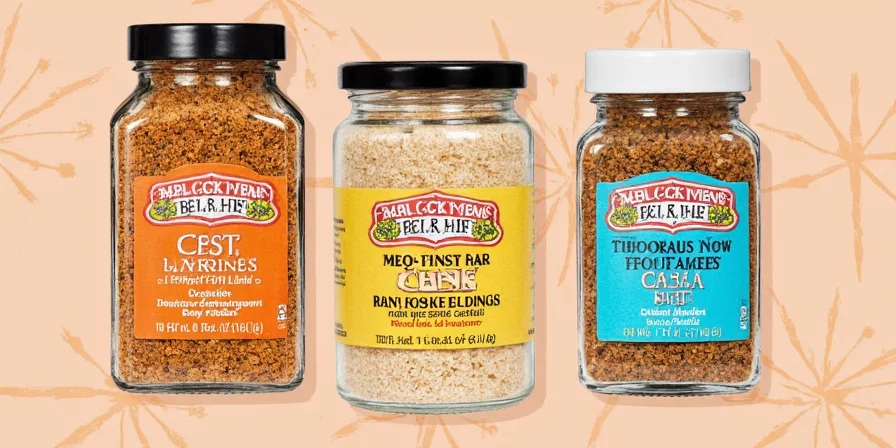
Precision applications for chocolate:
- Grind into mole sauces for layered heat that complements rather than dominates
- Add 1/8 tsp per 4oz dark chocolate to ganache for balanced enhancement
- Create balanced dry rubs for pork shoulder that pair with chocolate elements
Balancing Sweet Coconut Dishes
Coconut milk's sweetness often drowns acidic elements, leaving curries one-dimensional. Kaffir lime leaves' unique aroma compounds (citronellal, limonene) provide brightness that survives simmering—solving the common problem of lost citrus notes where juice or zest fails.

Optimal integration for coconut dishes:
- Add whole to curry pastes during paste-making for even distribution
- Infuse in coconut rice during cooking for subtle background brightness
- Steep in broths for 20 minutes then remove before serving to avoid bitterness
Adding Sweetness Without Sugar
When reducing sugar in sauces, liquorice root's glycyrrhizin provides compounds 50x sweeter than sucrose that activate different taste receptors. This solves the flat sweetness problem of sugar substitutes while adding earthy complexity absent in artificial options.
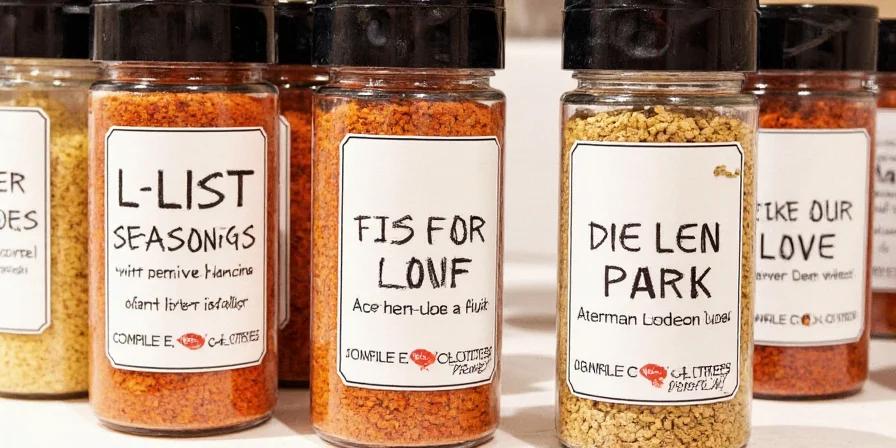
Controlled implementation for sugar reduction:
- Simmer 1-inch piece per quart in braising liquids for balanced sweetness
- Infuse in reduced-stock sauces for glazes that caramelize properly
- Remove root after 15 minutes at 175°F (80°C) to prevent bitter compounds
Problem-Solution Seasoning Reference
| Cooking Problem | Best Seasoning Solution | Immediate Application Method | Critical Success Factor |
|---|---|---|---|
| Overpowering richness in finished dishes | Lemon Zest | 1/4 tsp grated rind per serving, added after cooking | Use only colored rind; pith causes bitterness that worsens imbalance |
| Cloying fat in slow-cooked dishes | Lemongrass | Crushed stalks simmered 30+ minutes | Fresh only—dried loses critical compounds during cooking |
| One-note spice dominance in curries | Lamb-Specific Curry Blends | Dry-to-fat infusion before liquid addition | Avoid boiling after powder addition to preserve delicate notes |
| Missing umami in vegetarian dishes | Lovage | Stems simmered 45+ minutes in stocks | Stems only—leaves turn bitter when cooked |
| Monotone heat in chocolate applications | Long Pepper | 1/4 tsp freshly ground per 4oz chocolate | Use 1/3 quantity vs. black pepper for balanced enhancement |
| Flat sweetness in sugar-reduced sauces | Liquorice Root | 1-inch piece per quart simmered 15 minutes | Remove before serving to avoid over-sweetening from continued extraction |
| Lost acidity in coconut-based dishes | Lime Leaves | Add whole at cooking start, remove after 20 minutes | Prolonged heat turns key compounds bitter—timing is critical |
Preserving Potency: Storage Protocols
Scientifically-Optimized Storage for Problem-Solving Seasonings
- Lemon zest: Freeze in oil cubes (preserves volatile compounds 3x longer than water-based methods)
- Lemongrass: Vacuum-seal stalks; lasts 4x longer than damp-towel method
- Curry blends: Opaque glass jars with oxygen absorbers (prevents spice oxidation that dulls flavor)
- Lovage: Dehydrate at 95°F (35°C); retains 80% flavor vs. 40% when frozen
- Long pepper & liquorice: Store whole and grind immediately before use to preserve volatile compounds
- Lime leaves: Freeze whole—drying destroys key aroma compounds needed for coconut dishes
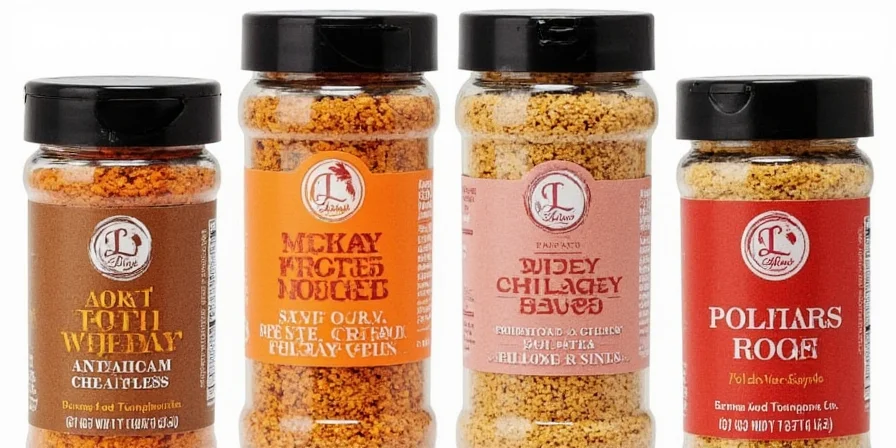
Frequently Asked Questions
What's the fastest way to fix a sauce that's too rich without changing texture?
Lemon zest delivers pure citrus aroma without altering pH. Add 1/4 tsp per serving of finely grated colored rind to finished dishes—it integrates seamlessly, cutting richness while preserving texture integrity that juices or vinegars would disrupt in dairy-based sauces.
How can I use liquorice root without making dishes taste medicinal?
Liquorice root requires precise temperature control. Simmer below 175°F (80°C) for 15 minutes to extract sweetness without releasing bitter triterpenes. Always remove the root before serving, as compounds continue extracting during standing time. Use 1-inch piece per quart of liquid for balanced results.
Why does long pepper work better than black pepper in chocolate?
Long pepper contains vanylates that bind with chocolate's polyphenols, creating a smoother heat perception. Black pepper's piperine clashes with cocoa's tannins, producing a harsh aftertaste. Use 1/4 tsp long pepper per 4oz dark chocolate for balanced enhancement that complements rather than dominates.
What's the critical mistake when using fresh lime leaves in coconut curry?
Leaving lime leaves in dishes during prolonged simmering releases limonene degradation products that taste bitter. Add whole leaves at the start but remove after 20 minutes—this captures volatile aromatics while avoiding bitterness from thermal breakdown that ruins coconut-based dishes.

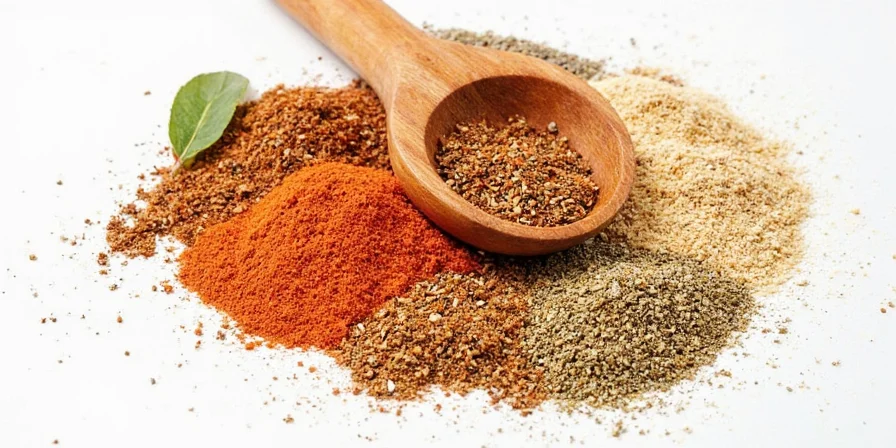









 浙公网安备
33010002000092号
浙公网安备
33010002000092号 浙B2-20120091-4
浙B2-20120091-4